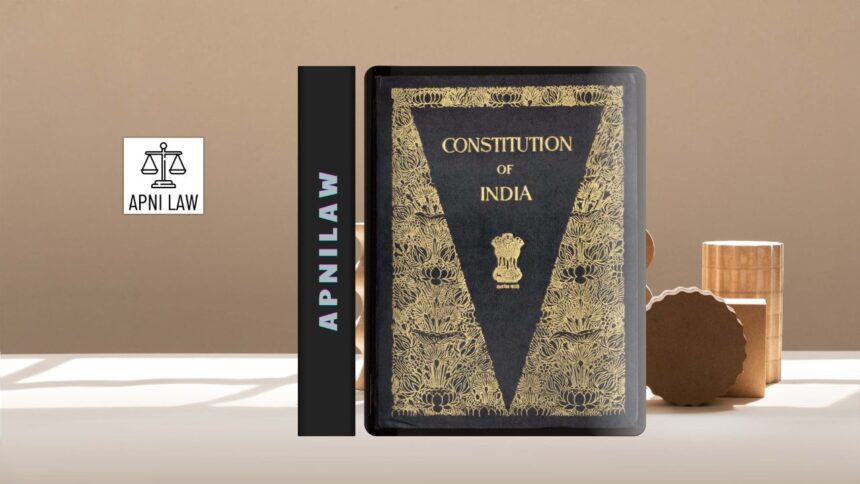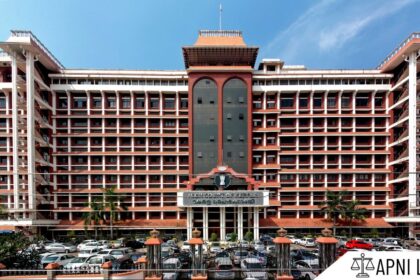Introduction
Article 17 of the Indian Constitution stands as one of the boldest and most revolutionary provisions. It declares the practice of untouchability illegal and punishable by law. This Article was a direct response to centuries of caste-based discrimination that denied dignity, rights, and equal treatment to millions of people. By including this provision in the Constitution, the framers ensured that social justice and equality would form the foundation of independent India.
Meaning of Article 17
Article 17 states clearly that “Untouchability is abolished and its practice in any form is forbidden.” It also says that enforcement of any disability arising out of untouchability is an offense and punishable under the law. This Article not only prohibits the practice but also imposes a duty on the State to protect individuals from such discrimination. The framers wanted to make sure that social equality was not just a dream but a constitutional guarantee.
Legal Framework and Enforcement
The Parliament passed the Protection of Civil Rights Act, 1955 to give Article 17 real force. This Act criminalized the denial of access to public places, services, and opportunities based on untouchability. Later, the Scheduled Castes and Scheduled Tribes (Prevention of Atrocities) Act, 1989 strengthened this protection further. These laws gave teeth to Article 17, ensuring that untouchability was not only declared unconstitutional but also treated as a crime punishable by imprisonment and fines.
Judicial Interpretation
The judiciary has played a key role in expanding the scope of Article 17. Courts held that untouchability is not confined to traditional caste-based exclusion. It includes all forms of discrimination that humiliate or segregate people because of their caste. In State of Karnataka v. Appa Balu Ingale (1993), the Supreme Court made it clear that untouchability in any form violates the essence of the Constitution. Similarly, in Peoples Union for Democratic Rights v. Union of India (1982), the Court emphasized that equality cannot exist unless untouchability is completely eradicated. These judgments underline that Article 17 is not symbolic; it carries real force to change society.
Social Impact
The abolition of untouchability marked a turning point in Indian society. It provided Dalits and other marginalized communities with constitutional protection against discrimination. Schools, workplaces, and public spaces could no longer lawfully deny access to people based on caste. While the law has not fully eliminated caste-based prejudice, Article 17 gave people the courage to challenge social barriers and demand dignity. Its presence in the Constitution serves as a reminder that social reform is as important as political freedom.
Challenges in Implementation
Despite its strong wording, untouchability continues to exist in hidden and sometimes open forms across India. Discrimination in housing, access to temples, or social interactions still persists. The challenge lies in transforming the law into lived reality. Governments have introduced welfare schemes, reservations, and awareness campaigns, but social attitudes take longer to change. The judiciary continues to intervene when violations occur, but enforcement remains an ongoing struggle.
FAQ
1. What does Article 17 of the Indian Constitution say?
Article 17 abolishes untouchability and forbids its practice in any form. It also makes enforcing any disability based on untouchability a punishable offense under the law.
2. Which laws support Article 17 in practice?
The Protection of Civil Rights Act, 1955, and the Scheduled Castes and Scheduled Tribes (Prevention of Atrocities) Act, 1989, were enacted to enforce Article 17. These laws criminalize discrimination and provide legal protection to marginalized communities.
3. Why is Article 17 still relevant today?
Even though untouchability has been abolished legally, caste-based discrimination still exists in many areas of life. Article 17 remains important as it empowers citizens to fight against social injustice and ensures equality before the law.
Conclusion
Article 17 abolished untouchability and criminalized its practice, making it one of the strongest guarantees of equality in the Indian Constitution. Supported by laws and reinforced by judicial interpretation, it has given marginalized communities a legal weapon to fight discrimination. At the same time, its continuing relevance shows that law alone cannot erase centuries of prejudice. Social reform and awareness must work hand in hand with legal protection. Article 17 remains a symbol of India’s commitment to equality, justice, and human dignity.
For any specific query call at +91 – 8569843472








